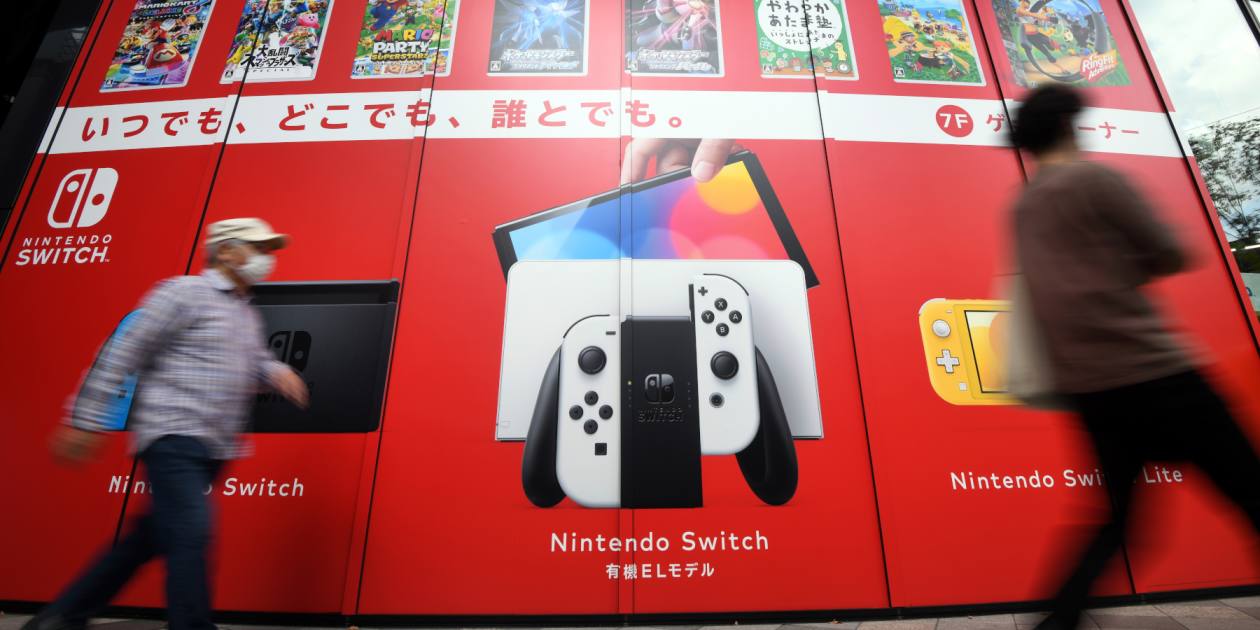Sorry to ask again, but have you seen any rtx io/ decompression functionality in nvn 2?
RTXIO no, but "decompression" is a bit broad. There's support for texture compression but I don't think any of it is new in NVN2.
RTX IO seems to be very tightly tied to MS's DirectStorage API, so I wouldn't expect to see any reference to it outside of Windows. If there's any custom decompression functionality, my guess is it wouldn't be revealed in the graphics API, either. There's no main memory/graphics memory split, so if they've added any decompression hardware it would probably have a dedicated DMA engine separate from the GPU that would handle decompression transparently.
Will ARM-based CPUs in finally be a thing in the Windows/Linux side of PCs as well?
I don't think Nvidia are particularly interested in the PC CPU space, their ARM focus is really around the server/HPC market. The big impetus for this move to building server CPUs in-house would have come back in 2019, when the US Department of Energy announced two new exascale supercomputers;
Aurora, powered by Intel CPUs and GPUs, and
Frontier, powered by AMD CPUs and GPUs. Nvidia had been completely dominant in the HPC space for the last decade, so failing to win a spot in either of the DoE's new top supercomputer projects was a big blow to them, and the fact that both AMD and Intel were able to offer both CPUs and GPUs from the same manufacturer was obviously a large factor in Nvidia getting shut out.
Hence the design of the Grace CPU, hence the attempt to buy ARM, and now the the ARM deal's fallen through, hence their attempts to restart in-house CPU design. Notice in
the Grace announcement, they didn't really talk about the performance of the CPU itself, not even revealing the number of cores. What they did make a big deal about is the amount of bandwidth available between CPU and GPU. They recognised (perhaps a bit too late) that the HPC market is moving heavily towards integrated CPU and GPU solutions, and so they need their own CPUs in order to stay competitive in that market.
ARM based Linux PCs have been a thing for ages. I'd probably own one if Linux ARM laptops didn't universally have not enough RAM for me.
You should take a look at an M1 MacBook Air and
Asahi Linux. It's still in alpha, so it would depend on your comfort with occasional rough edges, but seems to be usable as a daily driver at this stage. Hardware wise it's way ahead of any other ARM laptop that can run Linux, although obviously more expensive than most of the options there.


